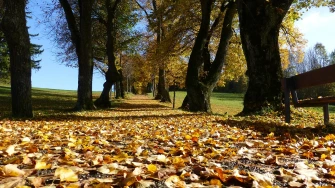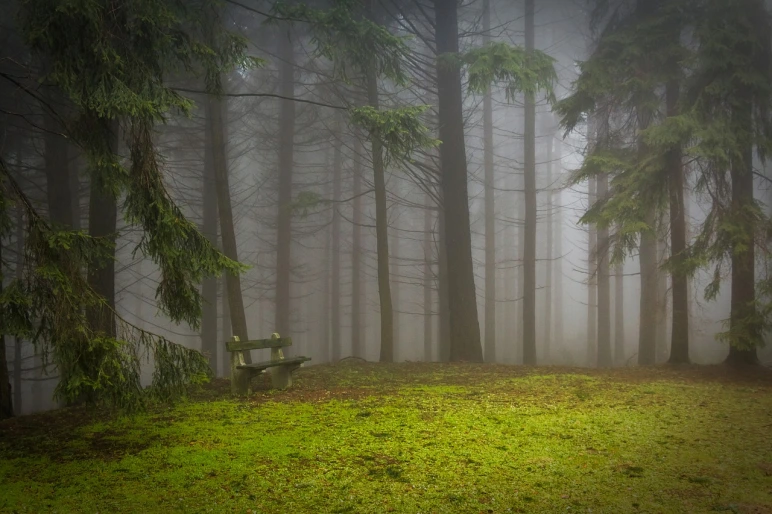On a clear day last month, I took a group of young writers outside. With paper and pen in hand, we spread out to write—one went into a small wooded area, a few sat in the grass, another climbed up a large oak, and a couple of them sat at tables under trees. They were tasked to simply describe something they saw. Later, we reconvened to share descriptions of ants, trees, Spanish moss, and cold air. These descriptions later evolved into wonderful creative writings.
The activity proved to be fruitful, and I attribute this to the depth and beauty the natural world offers us. When we, our students, or our children are facing writer’s block, boredom with the usual prompts, or sim ply a tiredness of being at the desk, outside is a good place to be.
ply a tiredness of being at the desk, outside is a good place to be.
Connecting our lives to the natural world around us is not a new concept. It is for good reason that we plant trees in street medians, spend Saturday afternoons at parks, stare out at the vastness of the ocean, and can’t help but be overwhelmed when we look up at a clear starry night.
It’s an ancient connection that gets to our core of being. I see this connection in the readings I teach—creation stories, the Psalms, Indian animal fables, Jesus’ parables, and poetry from all over the world.
Thomas Merton, a writer and monk who lived in a hermitage in the woods of Kentucky, believed that creation must be experienced and observed. He began many of his journal entries by writing what he was observing in the forest around him. He wrote descriptions
like this one:
Mists of damp heat rise up out of the fields around the sleeping abbey. The whole valley is flooded with moonlight and I count the southern hills, and almost number the trees of the forest to the north. Now the huge chorus of living beings rise up out of the world beneath my feet: life singing in the watercourses, throbbing in the creeks and the fields and the trees, choirs of millions of jumping and flying and creeping things. And far above me the cool sky opens upon the frozen distance of the stars.
He did this as if he had to—as if these things had such an influence on his contemplative life and writing that he had to acknowledge them first.
Nature is a good place for a writer—young or experienced—to begin. To get you started on your outdoor writing adventure, here are some ideas:
- Keep a nature journal.
- Sit outside away from people and do nothing. Write anything that comes to mind.
- Describe the smallest thing you can see outside. Do it with great detail.

- While on a hike, imagine a story that might take place in that setting.
- Personify an aspect of nature that you see.
- Spend 15 minutes outside observing the world around you. Write about what you notice most.
- Go out on a very cold or very hot day. You might be uncomfortable. Try to find the good in what you feel and experience.
- When you are outside, which of your senses are you most thankful to have?
- If you don’t like to be outside, write while you are outside and tell what you don’t like about it.
- Write about the element of nature that speaks to you most.
- Write a story or poem about a leaf falling.
- Describe what a bird might see.
- Read outside. Remember, the key to being good writer is to read.
- While inside, read about nature and look at pictures of nature. Let these images and readings inspire your writing. For example, browse through the bird images of Alexander Wilson, American Ornithologist. Tell what you see. Describe how the birds might feel if you touched them. Think of any movement the pictures might suggest.
The options are plentiful and nature is ready for you to experience it—so get outside and write!
